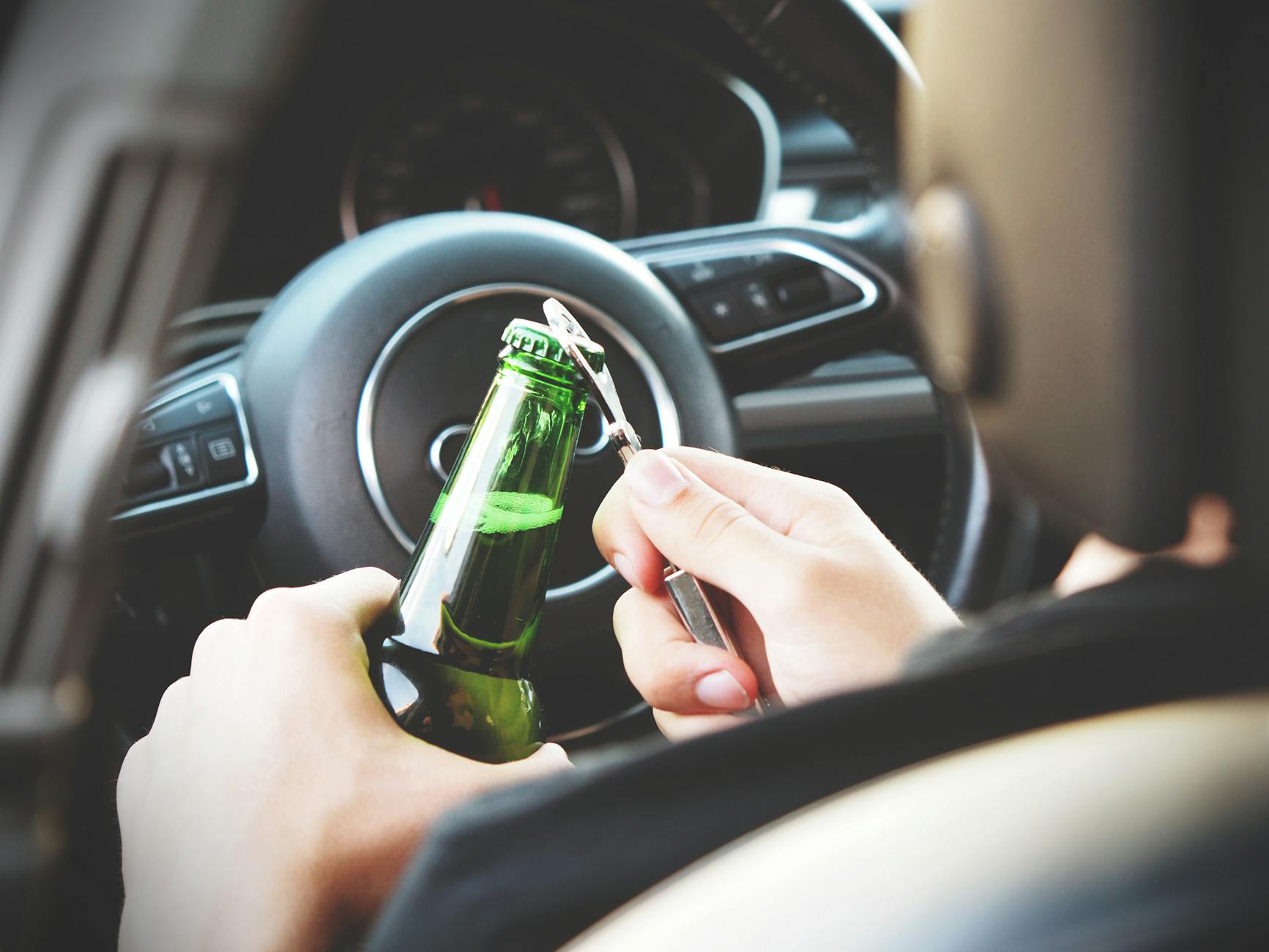Uncover the secrets behind your beer drunkness with these surprising factors. You won’t believe what really determines your level!
Table of Contents
Have you ever wondered how many beers it takes to get drunk? The answer to this question is not as straightforward as one might think. The level of intoxication one experiences after consuming alcohol can vary widely depending on a variety of factors. In this blog post, we will delve into the science behind alcohol intoxication and explore the factors that influence how many beers it takes to get drunk.
Factors Influencing Intoxication
Alcohol metabolism is a complex process that involves the liver breaking down ethanol molecules into acetaldehyde and then into acetic acid. The rate at which this process occurs can vary from person to person, depending on factors such as body weight, gender, and age. Generally, individuals with a higher body weight tend to have a higher tolerance for alcohol, as the alcohol is dispersed throughout a larger volume of body mass.
Gender also plays a role in alcohol tolerance, as women typically have a higher percentage of body fat and lower levels of the enzyme alcohol dehydrogenase, which is responsible for breaking down alcohol in the liver. This means that women tend to feel the effects of alcohol more quickly and intensely than men of the same weight.
Age is another factor that can influence alcohol tolerance. As we age, our bodies tend to metabolize alcohol more slowly, leading to a higher blood alcohol content (BAC) and increased intoxication levels. Additionally, younger individuals may have less experience with alcohol and may not be as aware of their limits, leading to higher levels of intoxication.
Understanding Blood Alcohol Content (BAC)
Blood alcohol content (BAC) is a measure of the amount of alcohol in a person’s bloodstream, expressed as a percentage. BAC levels can vary depending on the amount of alcohol consumed, the rate of consumption, and individual factors that affect alcohol metabolism.
A standard drink typically contains about 14 grams of pure alcohol, which is roughly equivalent to 12 ounces of beer, 5 ounces of wine, or 1.5 ounces of distilled spirits. As a general guideline, a BAC of 0.08% is considered the legal limit for driving in most states, although impairment can occur at lower levels for some individuals.
The effects of alcohol on the body can vary depending on BAC levels. At a BAC of 0.02-0.03%, individuals may experience slight euphoria and relaxation. As BAC levels rise to 0.05-0.08%, coordination and judgment may become impaired, leading to decreased inhibitions and increased risk-taking behavior. At BAC levels of 0.08% and above, individuals may experience difficulty walking, slurred speech, and memory loss.
Tips for Drinking Responsibly
It is important to be mindful of your alcohol consumption and to drink responsibly. Here are some tips to help you manage your alcohol intake:
1. Monitor your drinks: Keep track of how many drinks you have consumed and pace yourself accordingly. Setting a limit for yourself can help prevent overconsumption.
2. Stay hydrated: Drinking water between alcoholic beverages can help prevent dehydration and reduce the likelihood of a hangover.
3. Eat before drinking: Consuming food before drinking can help slow the absorption of alcohol into your bloodstream and reduce the risk of intoxication.
4. Know your limits: Everyone’s tolerance for alcohol is different, so it is important to be aware of your own limits and to stop drinking when you feel intoxicated.
Conclusion
Understanding how many beers it takes to get drunk involves a complex interplay of factors, including body weight, gender, age, and alcohol metabolism. By being aware of these factors and practicing responsible drinking habits, you can better manage your alcohol consumption and make informed choices about when to say when. Remember to always drink in moderation and prioritize your safety and well-being above all else.
FAQ
Question 1: How does body weight affect alcohol tolerance?
Answer 1: Body weight plays a role in alcohol tolerance as it can affect how alcohol is dispersed throughout the body. Individuals with higher body weights typically have a higher tolerance for alcohol due to the larger volume of body mass.
Question 2: What is Blood Alcohol Content (BAC) and how does it influence intoxication?
Answer 2: Blood Alcohol Content (BAC) is a measure of the amount of alcohol in the bloodstream. BAC levels can vary depending on the amount of alcohol consumed, the rate of consumption, and individual factors that affect alcohol metabolism. Higher BAC levels are associated with increased intoxication.
Question 3: How can I drink responsibly?
Answer 3: To drink responsibly, monitor your alcohol consumption, pace yourself, stay hydrated by drinking water between alcoholic beverages, eat before drinking to slow alcohol absorption, know your limits, and stop drinking when you feel intoxicated.
Question 4: What factors influence how many beers it takes to get drunk?
Answer 4: Factors such as body weight, gender, age, and alcohol metabolism can influence how many beers it takes to get drunk. Women typically feel the effects of alcohol more quickly due to higher body fat and lower levels of the enzyme alcohol dehydrogenase. Age also affects alcohol tolerance as metabolism slows with age.


Leave a Reply